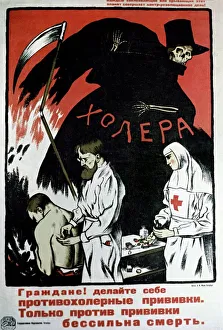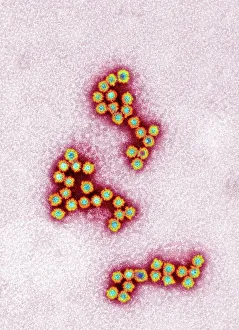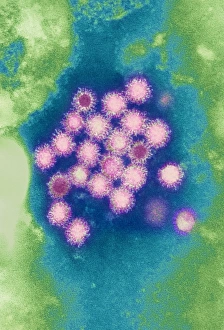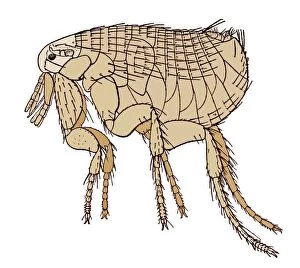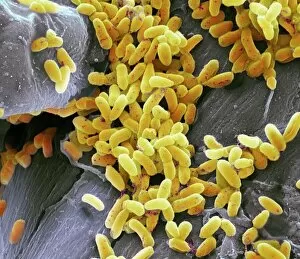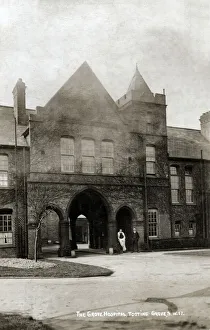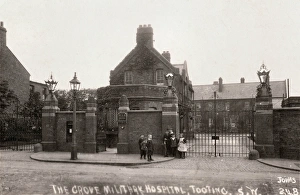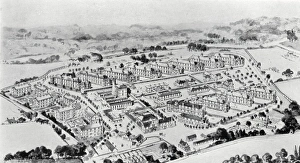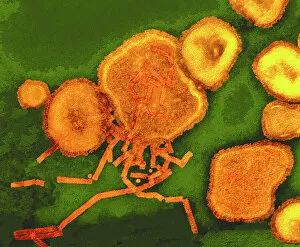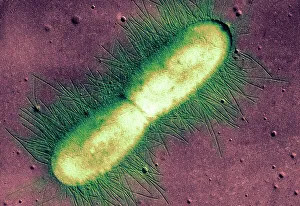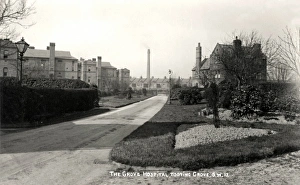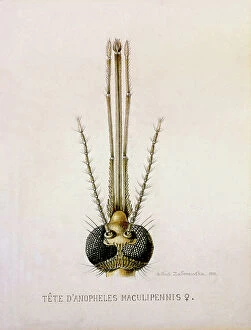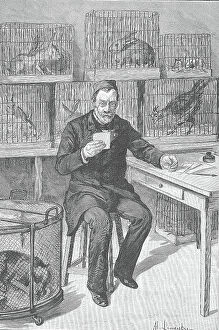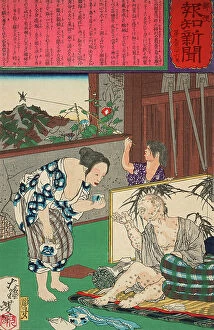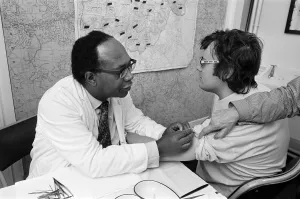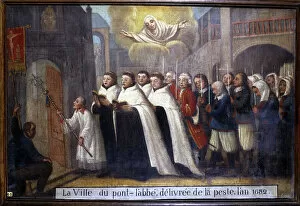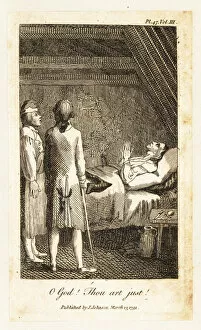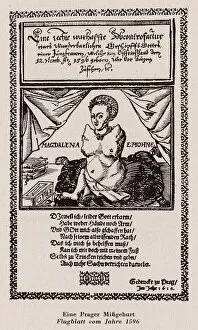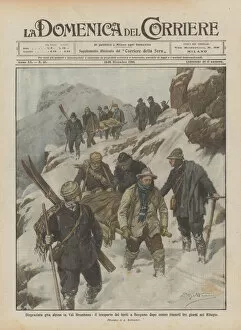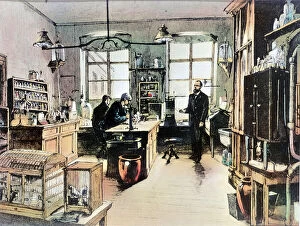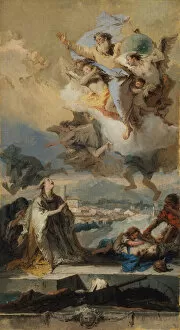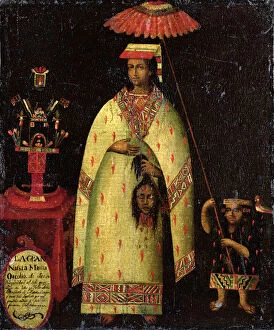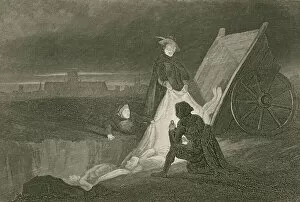Infectious Collection
"Infectious: Unveiling the Invisible Threats" Step back in time to 1967 with a Soviet cholera vaccination poster
All Professionally Made to Order for Quick Shipping
"Infectious: Unveiling the Invisible Threats" Step back in time to 1967 with a Soviet cholera vaccination poster, reminding us of the relentless battle against infectious diseases. Zooming into the microscopic world, witness Norovirus particles captured by TEM, showcasing their minuscule yet potent nature. Hepatitis B viruses loom large on our radar as we delve deeper into understanding their contagious impact on global health. Pseudomonas aeruginosa bacteria come alive under SEM, revealing their intricate structures and highlighting the need for effective infection control measures. Transported to medieval times through an artwork depicting Black Death rat fleas, we are reminded of how history has been shaped by devastating pandemics. Returning to modernity, Hepatitis B viruses resurface as a persistent threat demanding our attention and vigilance in combating its spread. Once again exploring Pseudomonas aeruginosa bacteria through SEM imagery emphasizes the urgency for advanced medical interventions to combat these resilient organisms. Grove Hospital stands tall in Tooting Grove, southwest London - a testament to humanity's unwavering commitment towards treating infectious diseases and saving lives. Meanwhile, Grove Military Hospital in Tooting Grove, Surrey serves as a reminder of how armed forces have fought tirelessly against infectious outbreaks during times of conflict. Malaria parasites reveal themselves under TEM - an urgent call for continued research and development towards eradicating this age-old menace that plagues millions worldwide. Paramyxovirus particles caught in TEM images remind us that viruses constantly evolve and pose new challenges that demand innovative solutions from scientists around the globe. Testing for viruses becomes paramount; laboratories become battlegrounds where dedicated professionals strive relentlessly to identify pathogens swiftly and accurately. As we navigate through history's chapters marked by infectious threats both seen and unseen, let us remember that knowledge is power when it comes to safeguarding our collective well-being.

